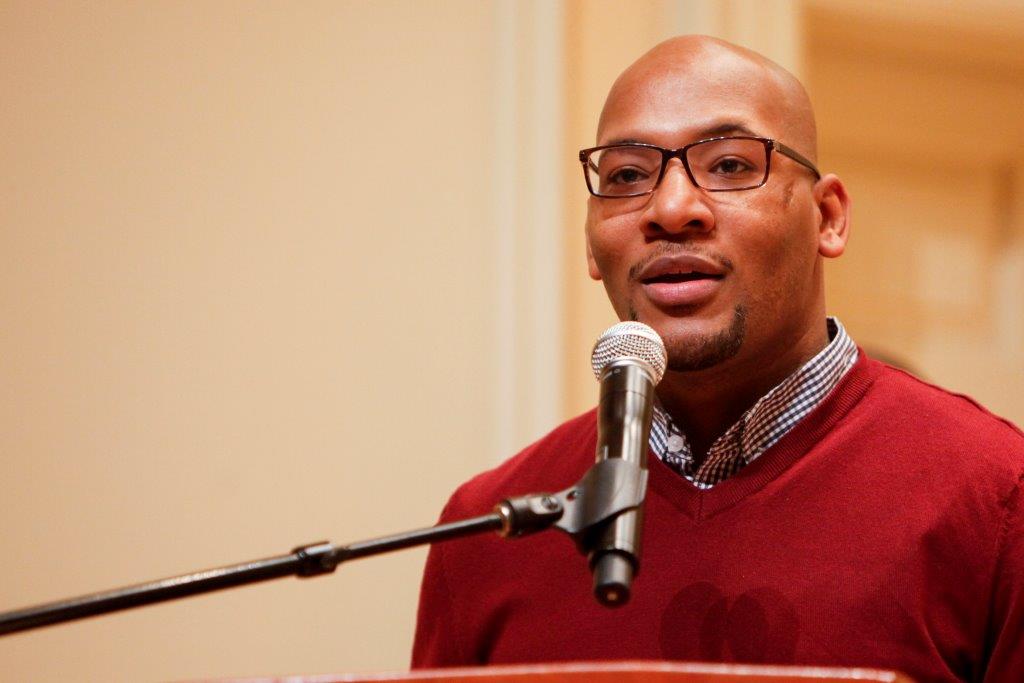

Seeking justice for lynching, rape, and assault victims, she traveled the state documenting these abuses. Nixon (one of Montgomery’s most radical organizers), she helped transform it into a more activist branch. In the 1940s, Parks joined the Montgomery NAACP, and alongside E.D. The bus protest wasn’t her first brush with activism. When she met Raymond Parks at age 18, she described him as “the first real activist I ever met.” He was organizing on behalf of the Scottsboro Boys, nine young men ages 12-19 who’d been wrongfully accused of rape and sentenced to death. When Raymond and Rosa married, she joined him in this work she recalled late-night meetings in which activists kept guns on the table because it was dangerous to even be convening about the case.

Part of why Parks fell in love with her husband Raymond was that he shared this trait. When her grandmother reprimanded her, saying if she continued with this kind of behavior she would be lynched before she was grown, a young Rosa replied, “I would be rather lynched than be run over by them.” 2. As a preteen, she picked up a brick in response to a white kid who had threatened to punch her. As white violence against Black people increased after World War I, she would stay up with her grandfather who guarded their house with his shotgun against a possible Ku Klux Klan attack. Parks recounted fighting back against racism since she was a child. Rosa Parks being fingerprinted after she refused to move to the back of a bus to accommodate a white passenger, in Montgomery, Alabama, 1956.


 0 kommentar(er)
0 kommentar(er)
